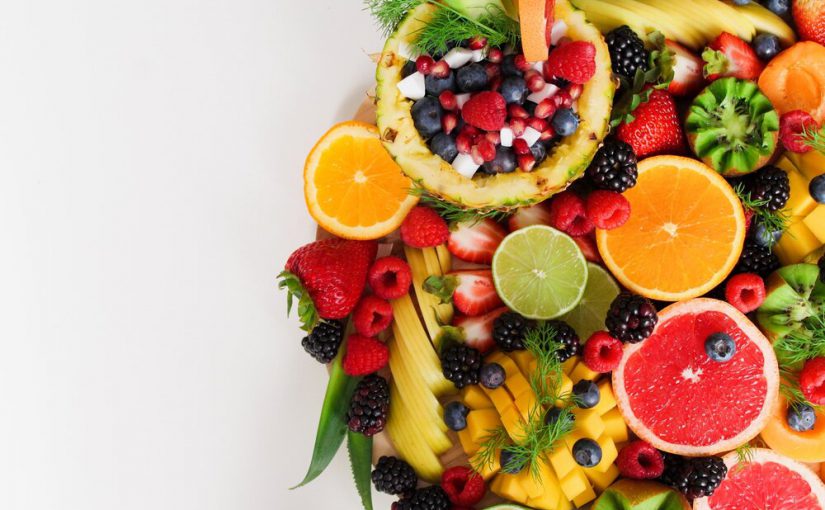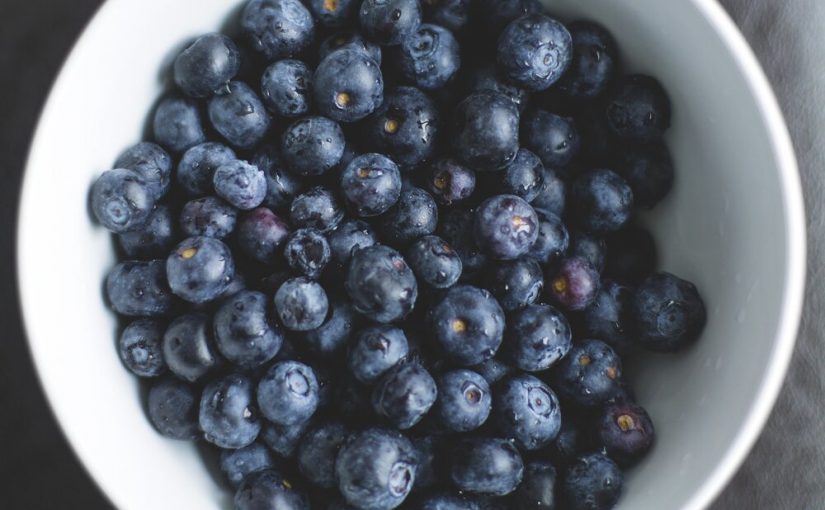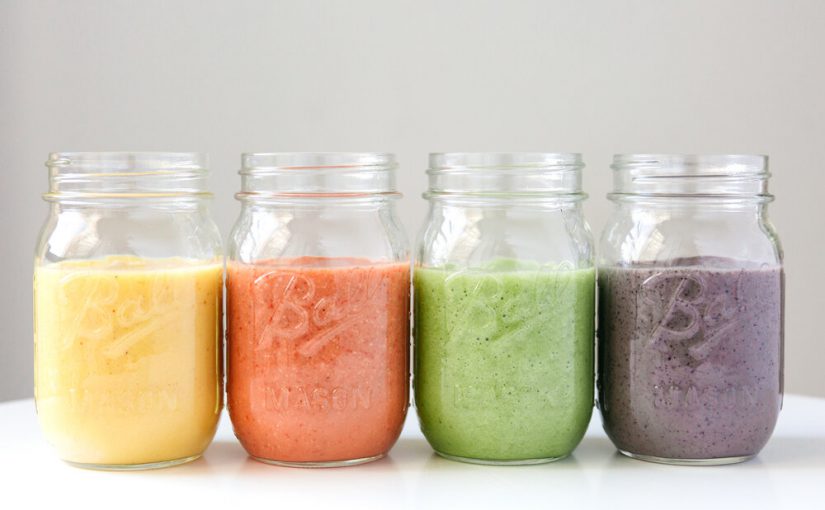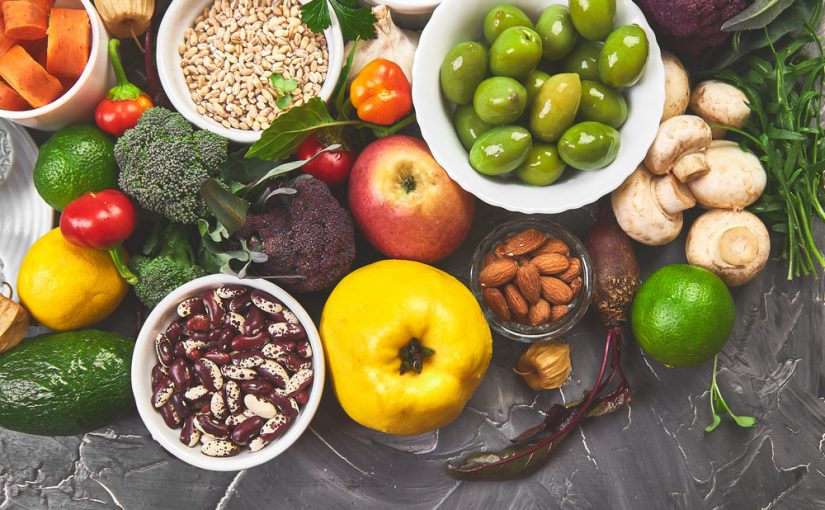5 Immunity Boosting Foods To Avoid Colds
It’s that time of year again where it seems like everywhere you turn, people are coughing and sneezing. Coming down with a cold or catching the flu is no fun and can set you back in your already busy schedule. Frequently washing your hands, disinfecting shared surfaces, and limiting contact with people you know are sick can help keep you healthy. For added immune system protection, you should take a holistic approach – healing yourself from the inside out. Certain foods, and diets like the Rainbow Diet can strengthen your immune system to prevent you from catching colds or the flu. Here are some of the best foods to stay healthy this cold/flu season.
Citrus fruits
Vitamin C is a go-to supplement that many people reach for when they feel like they’re coming down with something – and for a good reason. It can help increase the production of white blood cells, which helps ward off infections. Citrus fruits are chock full of vitamin C and are easy to add to your diet. To stop a cold in its track and prevent getting sick altogether, try eating more oranges, clementines, and grapefruit. Rainbow tip: Order a glass of OJ with your breakfast or ask your server to bring you a few lemon slices to add to your water.
Garlic
Garlic is more than just a pungent, flavorful herb. For centuries, people have used garlic for healing purposes. The sulfur-containing compounds in garlic can help your white blood cells fight off viruses. Garlic also has powerful antibacterial properties, which further help keep your immune system strong. Rainbow tip: We use garlic to season many of our dishes. Ask your server to recommend a few options for you to order.
Sweet Potatoes
These tasty tubers are loaded with beta carotene, which turns into vitamin A. Vitamin A is one of the best things you can consume for strengthening the immune system and preventing sickness. Sweet potatoes also contain vitamin C, which we already know is a potent immunity booster. Rainbow tip: Order our Ultimate Latkes or Sweet Potato Burrito to get your daily fill of vitamins A and C.
Ginger
Ginger is another well-known medicinal food. A great anti-inflammatory, ginger can reduce the swelling and irritation of a sore throat. The vitamins in ginger, including iron, zinc, magnesium, and calcium, are also effective at combating cold and flu symptoms. Rainbow tip: Try our house-made ginger ale.
Chicken
There’s a legitimate reason for why many of us want a bowl of chicken soup when we’re feeling under the weather. The vitamin B-6 in chicken helps your body generate new red blood cells, which help keep your system in fighting shape during cold and flu season. Additionally, chicken bone broth is beneficial for gut health. Many doctors believe that a healthy gut is the foundation for a robust immune system – so all the more reason to eat more chicken soup! Rainbow tip: Order our Mandarin Salad with grilled chicken to load up on vitamins C and B-6.
At Rainbow Restaurant, our goal is to serve our customers food that nourishes the body while satisfying cravings. You’ll find that our menu has delicious meals made with healthy ingredients. If you’re looking for a spot to grab a bite to eat where you can know that you’re fueling your body with the vitamins and minerals it needs to stay healthy, you’ve found the right place.













